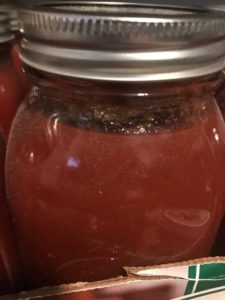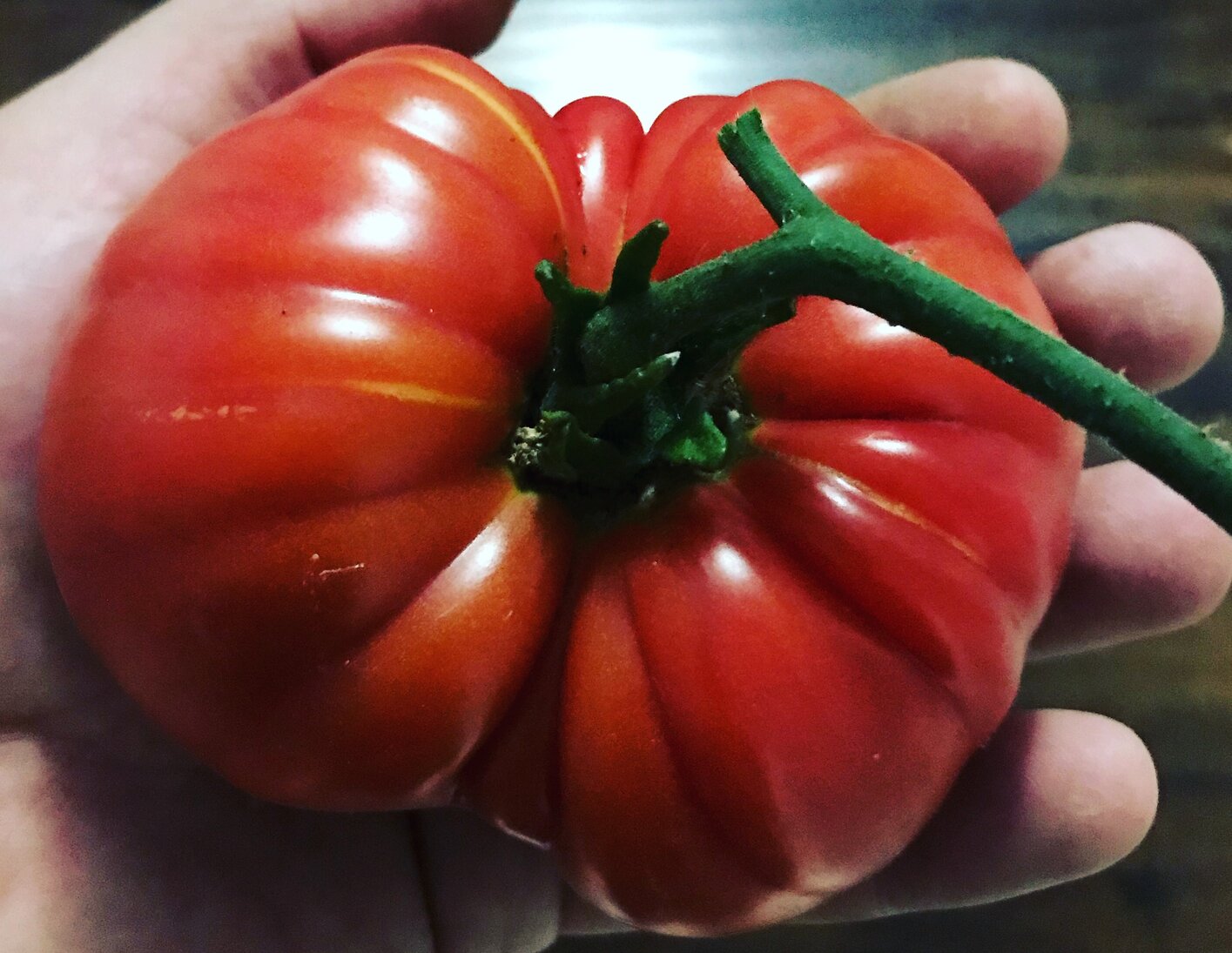Food Preservation
Proper food preservation techniques mean you get to enjoy your harvest long after pulling your crops. There are few simple pleasures greater than eating a vine-ripened tomato fresh. However, that is a narrow window of time during the year, and while most urban homesteaders get into growing vegetables to enjoy fresh produce from their own backyard. Knowing how to preserve the food that is grown for the rest of the year is an important set of skills to acquire.
There are several popular methods for keeping a harvest of root vegetables and other crops for future use. Freezing is a very straightforward method. Similarly using a root cellar keeps vegetables in a ready-to-use state that can be made into any of your favorite foods. Additionally, canning is an excellent method for preparing your vegetables for later use depending on the vegetable. For instance, fermenting cabbage, or pickling cucumbers often results in storing the produce in mason jars for future eating. While processing tomatoes into sauce or paste is another method that results in using a jar for canning the finished product.
Eat Fresh Vegetables
The desire to eat fresh vegetables is often the driving force behind urban homesteaders’ garden ambitions. Consequently, many items are chosen for the garden specifically because they are great when grown at home. Tomatoes are often looked at as the prized jewels in a home garden. A fresh heirloom homegrown tomato is unmatched by anything found in the store.
There are countless other vegetables that are grown specifically for eating fresh and do not preserve or save well. Most salad greens are best eaten fresh. Planning your gardens with successions of crops allows you to grow a bed of salad greens to harvest the entire season. By planting a few starts every week in the garden beds you ensure access to fresh greens for the entire spring, summer, and fall instead of a couple of large harvests when you have too much. Coupled with times that you have none.
Freezing
Freezing vegetables can be hit or miss. As a result, it is good to google search freezing and the type of vegetable you are thinking of freezing. Some vegetables will hold up well and others require some steps like blanching prior to freezing in order to preserve their flavor and nutrients.
As an example, a whole tomato can freeze very well. This can be used in dishes like soups or stews, but will not excel as a sliced tomato for a sandwich once thawed. Spinach and broccoli freeze very well. However, it is advised to blanch them prior to freezing.
We recommend freezing any vegetables that you intend to store for extended periods of time in vacuum seal bags. Freezer bags are excellent options for short storage, but you will notice a difference between vacuum seal and regular freezer bag food quality on longer-term storage.
A freeze dryer is a whole other method for food preservation. Although the freeze dryer is very effective at preserving foods very well for very long durations up to many years. They are not cheap and may not be the right choice for food storage for individuals without a couple of thousand dollars to shell out at an upfront cost for their food preservation strategy.
Canning for Food Preservation
Canning has several benefits. First, it will preserve the food that you store for up to a year depending on the food type and the methods used. Second, canning often relies on a water bath or pressure cooker to complete the process meaning the food can be stable at room temperatures. Third, many items are either partially cooked or fully cooked and can be used in dishes that cook fast. Lastly, canning has been a preferred method for food storage for a long time. Thus, there are countless recipes and ideas for every type of food product under the sun and it is possible to get your hands on used mason jars from friends, family, and garage sales. Following the National Center for Home Food Preservation guidance will ensure you safely can vegetables and meat.

Root Cellar for Food Preservation
Using a root cellar is an exceptional method for storing onions, potatoes, carrots, and even a place to store cans of fermented and pickled products. A root cellar can be a large underground storage space. On the other hand, it may be a small space dug into the ground to hold a smaller amount of produce. Many old rural properties will come with a root cellar space. However, this is not common in urban settings. Creating a root cellar-like space is possible in a basement or a new storage space can be dug into the ground.
The biggest benefit of a root cellar is it uses the natural insulating effects of the soil to keep crops cool during the end of the summer and fall and above freezing during the coldest months of the winter. The ability to store crops like onions, carrots and potatoes below ground is ideal as they will naturally store well in the soil if left unharvested, so a root cellar perpetuates their natural storage characteristics and will be readily available for your use in the kitchen.
Dry Storage
Dry storage is popular with certain types of grains and legumes. As an example, we grow our corn for cornmeal to make homemade cornbread and polenta. The corn is dried on the stalks and then continues to dry undercover during the fall and early winter. The dry corn kernels are removed from the cobbs and then placed into glass jars. While this is similar in some instances to canning there is no cooking process or preservation necessary aside from allowing the kernels to dry.
Beans are another very popular crop that can be stored in dry storage options. Whether that is glass jars, burlap sacks, or brown paper bags. The beans are shucked from the pods and then placed in a vessel for storage.
Food Dehydrator
A food dehydrator is a popular device to use to dry all kinds of foods for dry storage. For example, herbs, vegetables, and fruit all can be processed in a food dehydrator. A properly dried vegetable can be stored for a long period of time.




Recent Comments